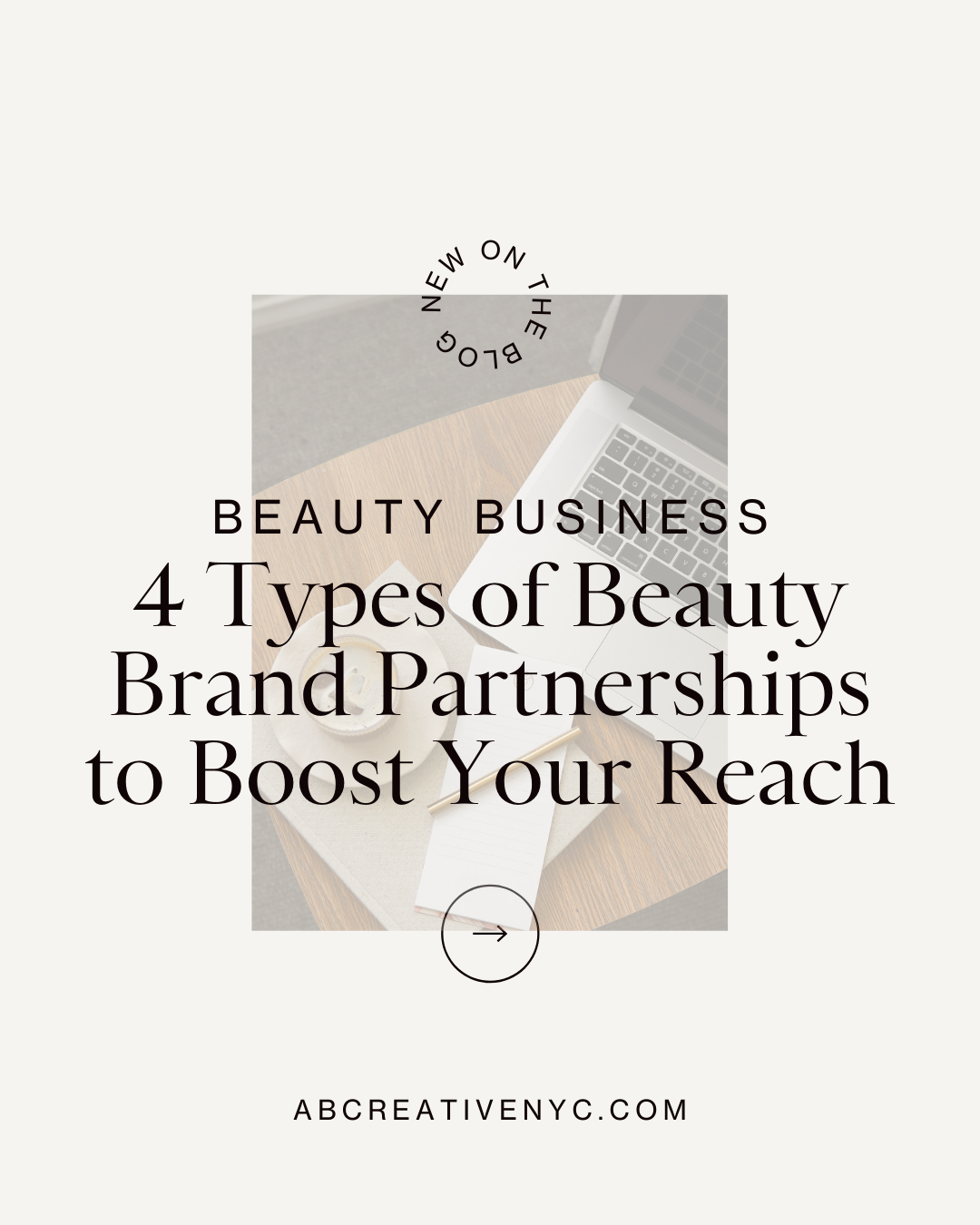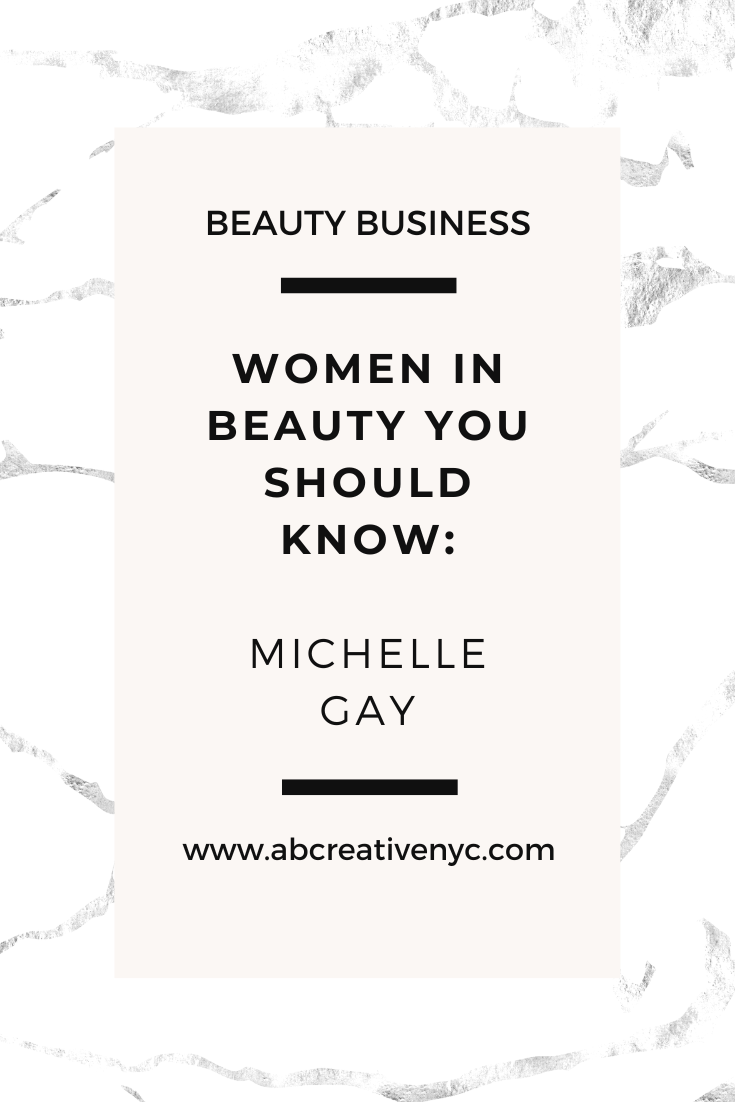In 2012, I launched a niche fragrance brand. By 2014, my brand was on the shelves in all 320 Sephora stores. Our little team of three (my husband and I plus an intern) accomplished this with no prior contact to any buyer at Sephora and without investor help at the time. But things have changed, and getting into Sephora doesn’t involve the same protocols. Since helping over 100 beauty brands stand out in this saturated market to get the attention of both customers and big retailers like Sephora, here’s what I’ve learned about today’s must-do’s for achieving mega retail success.
Also read: Exactly How to Pitch Sephora to Get an In Person Meeting
1. Collections vs Hero Product
The requirements of a brand’s SKUs are not the same as what was expected before.
Before:
To get into a big box retailer like Sephora, your brand would need to have a full collection of products. So for example, if you were a skincare brand, you needed an entire range to present to retailers that may have included a cleanser, serum, moisturizer, night cream and toner.
Now:
Today it’s all about the hero product. In other words, make sure your brand offers one product that stands out and has amassed some level of cult-status fame.
Here’s why:
- Collection spotlights:
These days, retailers like Sephora curate specific selections (think curly hair guides like this one) and are looking for products that would make the perfect addition.
- Minimizing risk:
Instead of gambling on a whole collection, big box retailers like Sephora opt for an anchoring product. This works as an entry point for your brand to test out your brand to verify there’s a demand before investing in your entire range.
Action tip: Be clear on your hero product. Push and amplify it to lead your pitch with that hero product, especially as an emerging brand. We’re covering this on Day 4 of our LIVE 5 Days to Growing Your Iconic Beauty Brand Challenge starting on August 15th.
2. Trade shows vs Wholesale Platforms
The way to get your brand discovered by Sephora has also changed over the years.
Before:
Before, the only way you’d get yourself in front of Sephora would be with trade shows or cold pitching. With limited options, these incredibly expensive events were a must.
Now:
While the right trade shows can still help you get your brand discovered, they’re no longer one of your only options. Today, many beauty brands are found on RangeMe. With over 200,000 suppliers and 15,000 retail buyers on there, it’s easier (and cheaper) to boost online retail product discovery, sourcing & purchasing. On the site, you can also get access to analytics like how many views you’ve had or what retailers have viewed you.

One Reddit user’s experience with RangeMe
Similarly, Faire is a wholesale marketplace to help brands get discovered by retailers around the globe. There are over 500,000 retailers buying on Faire in over 15,000 different cities just waiting for a brand like yours to feature in their stores. Faire does take a 25% cut and has a liberal return system that isn’t in the best favor of the brand, but it’s a great tool to reach boutiques and retailers you may have not otherwise known. Use it to get your foot in the door and expand your retail presence.
Other wholesale platforms to look into: Bulletin, Tundra, Ankorstore for European wholesale accounts, and Powered by Extra if you’re looking to get your brand placed in hotels and specialty properties.
Typically, luxury “brand-y” brands fair better on RangeMe, while more homegrown, niche brands have found better success on sites like Faire and Ankorstore.
Action tip: Have you created a brand profile on any of these wholesale sites? These are the most essential platforms buyers rely on to find new products their customers will love. However, make sure your margins are where they need to be in order to be profitable!
3. Pull vs Push Marketing
Attracting buyers was once a fierce game full of push marketing.

Before:
Pushing and forcing your way into the hands of a retailer was the way to go. You’d have to be on every billboard and at every trade show in hopes of getting the Sephora buyers’ attention.
Now:
With all the social media tools available nowadays, brands today have the opportunity to pull (not push) buyers in. There are so many platforms where brands can grow their reach in the digital space, especially with video tools like Instagram Reels and TikTok. Scroll a trendy beauty brand’s feed and you’re sure to find UGC tutorials and similar content that shows their products in use. Emerging brands are also using unique methods like sponsoring events and forming partnerships with other like-minded brands, allowing them to borrow audiences and build brand awareness in a modern way that’s more authentic and organic.
Action step: Want to learn the tricks of the trade on creating magnetic branding that pulls buyers and customers in? We cover that and more in my free 5 Days to Growing Your Iconic Beauty Brand challenge exclusively created for beauty, health and wellness brand founders.
4. Autocratic vs democratic approach to retail
One thing is for sure: the options that brand founders have today have never been more varied.
Before:
Big box retailers like Sephora used to be the holy grail option and surest measure of success for any beauty brand. They were the big boss, the leader, and the one who wore the pants in the relationship.
Now:
What’s great about today is there is room for an ebb and flow, a partnership, between brands and retailers. In other words, brands and big box retailers are more equal partners and treated as such.
While there’s still a lot of prestige in brands being present in Sephora, we’re in a time where brand founders have options and have more room to negotiate what’s best for them.
Think of all the options we have today of places you can sell to—DTC, Instagram, Live Shopping, Online Retailers, Pop-Ups, Craft Shows, Trade Shows, Traditional Retailer and more. So while it’d be amazing to work with a retailer like Sephora, you don’t need them.
You can sell on social, several online marketplaces, niche retailers… the list goes on. Even though the competition is fierce for new brands, retailers are aware that these brands also have other options to consider, meaning they have to compete now to get these big buzzy brands into their stores.
Action step: Don’t put all your eggs in one basket. Get out there, create valuable content on social, hone in on UGC, make collaborations whenever possible, and find the right niche retailers that align with your vision and respect the relationship as a partnership.
Things Have Changed Since I Launched at Sephora, But There Are Still Ways to Stand Out.
So, if you were wondering what someone who’s launched at every Sephora and supported 100+ beauty brands in reaching their big box retail goals has learned from her time and perspective gained after 8 years, there you have it. At the end of the day, the market may have become more saturated over the years, but there are still ways to stand out. If you’re growing your brand and want to go from conventional to cult status, doors are opening to my signature beauty brand accelerator program. You can sign up for my FREE challenge, 5 Days to Grow Your Beauty Brand.



